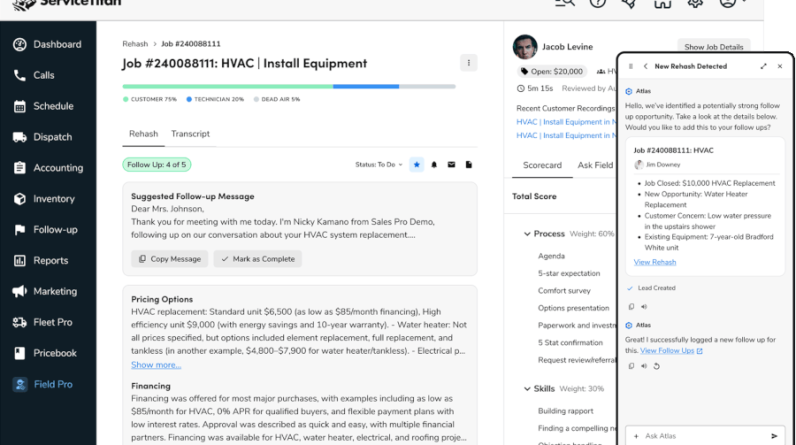Generative artificial intelligence holds huge potential for brands seeking to make innovative creative content, writes Epsilon senior vice president of creative Stacy Ward.
Over the past few decades, artificial intelligence (AI) has become more than just a subject in a science fiction movie. AI applications have become widespread and now have the potential to fill in business efficiency gaps, spanning industries from finance, to healthcare to more creative spaces. According to the Forbes Technology Council, jobs within the sales, manufacturing, grocery and business writing sectors will also experience some degree of AI integration within the next decade.
A new AI-generated chatbot named ChatGPT is now raising ethical concerns regarding copywriting and plagiarism. AI-generated profile pictures from apps like Lensa AI have also become a viral sensation, and they, too, have faced criticism; artists are accusing the tech of forgery and theft, one of many conversations about how AI art has the potential to devalue work made by humans.
No matter your stance on generative AI, one thing is clear: It will only continue to evolve, and as it does, its impact across business sectors is likely to be huge.
What is generative AI?
Generative AI, as the name suggests, leverages artificial intelligence models to create various types of content, including images, code and text. The technology draws from existing data and content, as well as machine learning to predict the next word based on previous word sequences, or to create an image based on words describing other images.
Training these types of models requires colossal amounts of data and state-of-the-art computing capabilities, which is why the majority of them stem from major tech companies. For instance, a popular model known as GPT-3 was trained using 45 terabytes of data, employs 175 billion parameters to make its predictions and a single training run costs roughly $12 million, according to OpenAI, the company that launched the model.
Once these models have been trained however, they can be tailored to specific use cases, which require significantly less data.
Marketing applications for generative AI
Generative AI has numerous implications for the content creation industry.
For instance: Jasper, a marketing-focused model of GPT-3, can produce blogs, social media posts, and various copy ranging from ads to sales emails. It can also help with content generation by scaling content creation efforts, enhancing SEO efforts, personalizing content, and coming up with new ideas for content.
At the same time, Jasper’s branding maintains that it should be used more of a writing assistant and that it still requires human input. The cloud-computing company VMWare, for example, has writers use Jasper to ramp up their content creation, which in turn frees up the company’s human writers to allocate more time towards research and strategy.
There are plenty of examples of brands using generative AI for images as well. Popular toy manufacturer Mattel, for example, uses the technology to generate images for toy designs and marketing. Heinz used the image generator known as DALLE-E 2 to create a clever marketing campaign titled Heinz AI Ketchup to demonstrate that AI-generated images of ketchup bottles tend to resemble Heinz branding. Such campaigns clearly illustrate the creative potential of this emerging technology.
The changing tide of creative work
For marketers, creative work is what forms the emotional connection between data and customers. It’s no surprise, then, that most marketing departments have a slew of in-house automation tools that support creative development. This is propelled, in part, by the increasing expectation of personalization from today’s consumers, which has required brands to rethink how they meet the scale of creative assets required.
Many brands are on the lookout for new services – including proprietary creative automation tools – that can enhance and support their media campaigns. Generative AI can (among other things) enable brands to have limitless creative iterations through automated asset creation rendered in real-time, whilecountless hours of manual labor.
AI-powered content is changing the playing field when it comes to content creation – and it will be a long time before we understand or reach the limits of its potential.
Stacy Ward is senior vice president, creative at Epsilon.
For more on the latest happening in tech, sign up for The Drum’s Inside the Metaverse weekly newsletter here.






